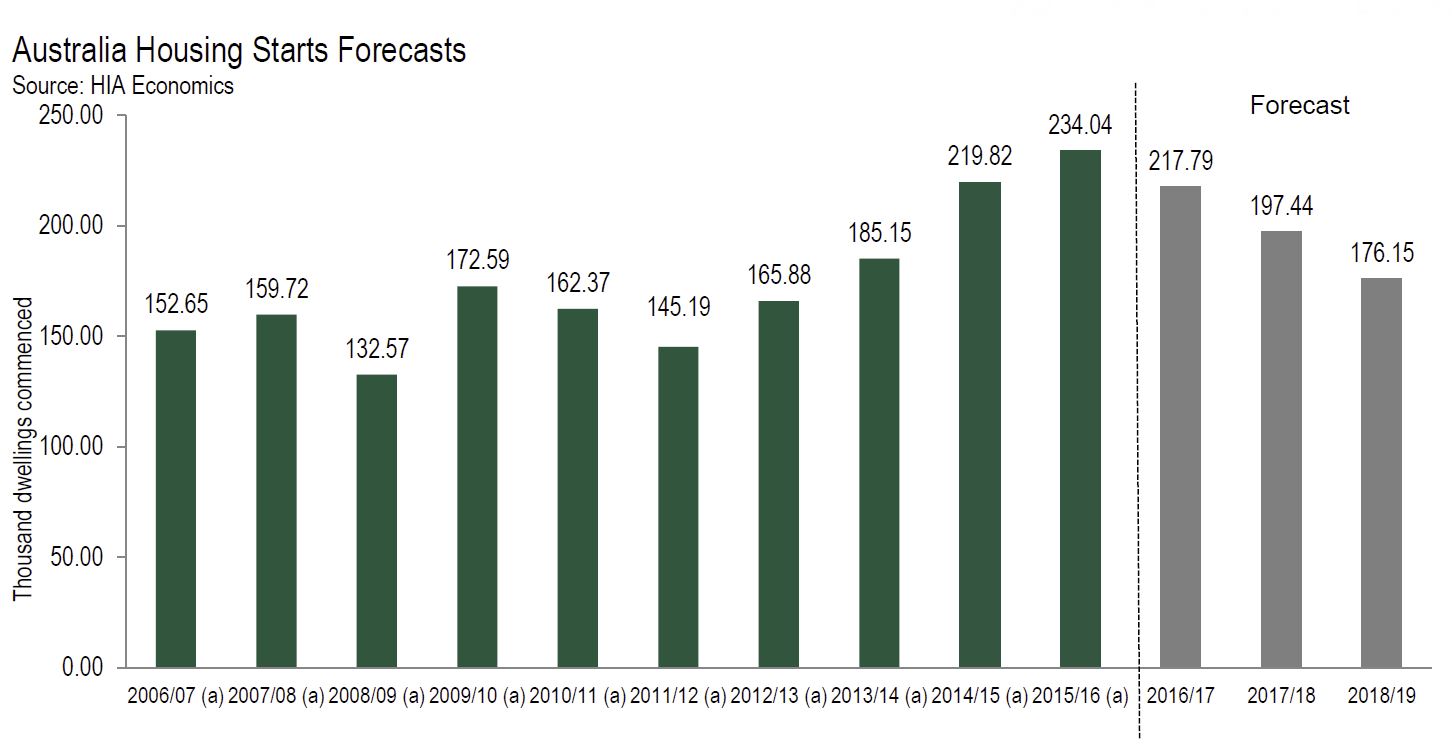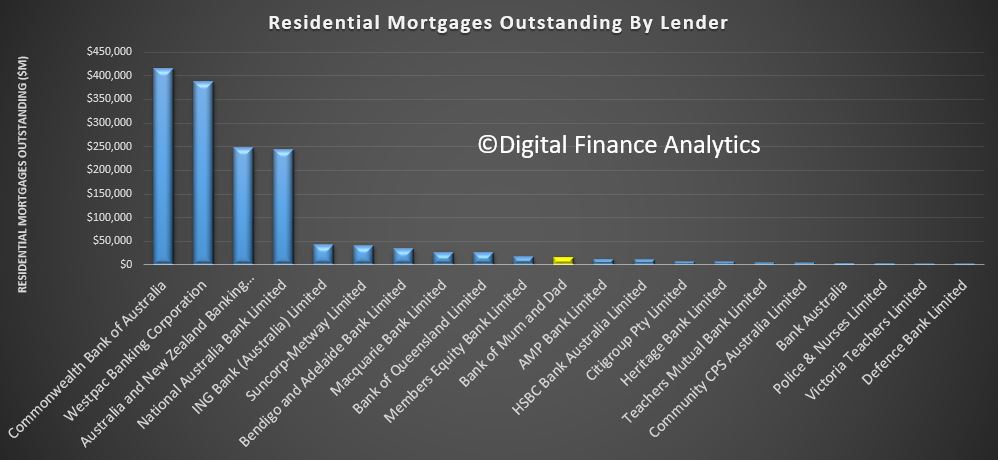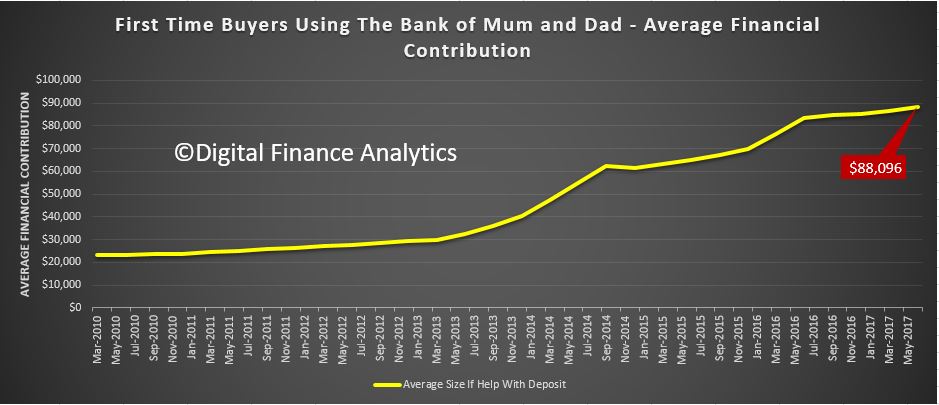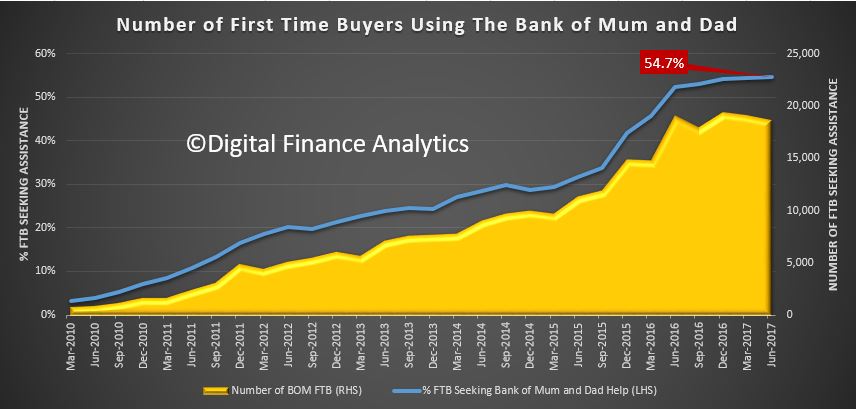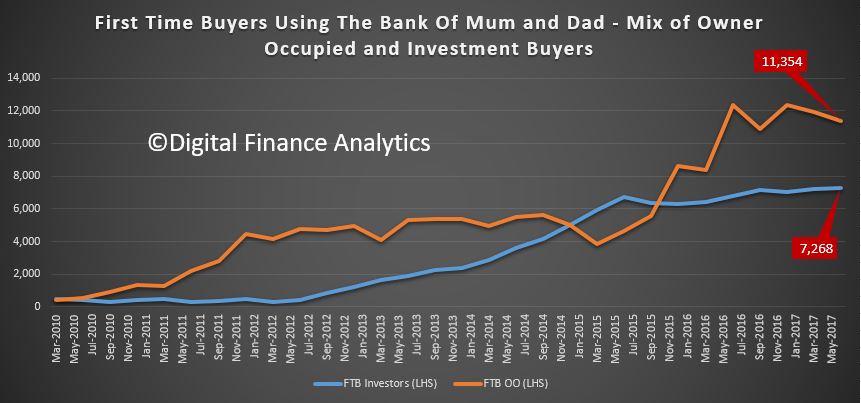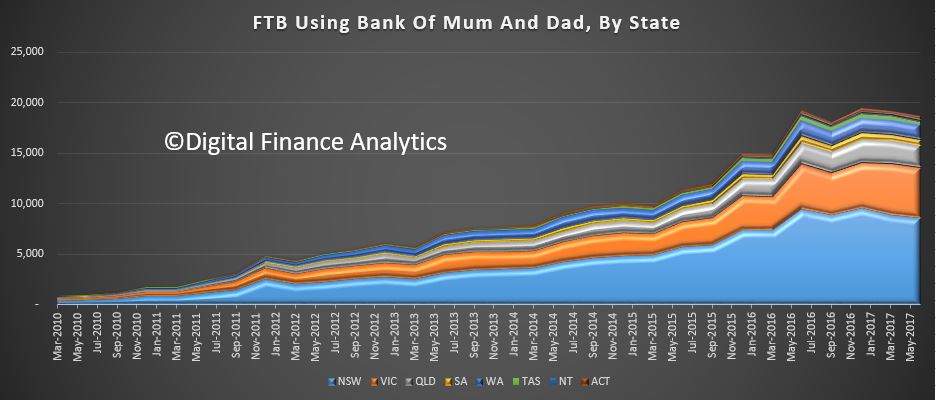ASIC says that following a commitment to further review their small business loan contracts, the big four banks have now agreed to specific changes with ASIC to eliminate unfair terms from their contracts.
ASIC and the Australian Small Business and Family Enterprise Ombudsman (ASBFEO) have welcomed the changes, which mean that:
- the loan documents will not contain ‘entire agreement clauses’ that absolve the bank from responsibility for conduct, statements or representations they make to borrowers outside the written contract.
- the operation of the banks’ indemnification clauses will be significantly limited. For example, the banks will now not be able to require their small business customers to cover losses, costs and expenses incurred due to the fraud, negligence or wilful misconduct of the bank, its employees or a receiver appointed by the bank.
- clauses which gave banks the power to call in a default for an unspecified negative change in the circumstances of the small business customer (known as ‘material adverse change event’ clauses) have been removed – so that the banks will now not have the power to terminate the loan for an unspecified negative change in the circumstances of the customer.
- banks have restricted their ability to vary contracts to specific circumstances, and where such a variation would cause a customer to want to exit the contract, the banks will provide a period of between 30 and 90 days for the consumer to do so.
The banks have all acted on ASIC’s and the ASBFEO’s calls to change their practices although have taken different approaches – and in some instances, gone further than the law requires – to address concerns about these clauses.
For example, NAB has taken an industry-leading position about the application of non-monetary default clauses, while the Commonwealth Bank will provide an industry-leading 90 calendar days’ notice for any changes to loan contracts that the small business customer does not wish to accept.
All four banks have limited the use of financial indicator covenants in small business contracts to certain classes of loans (e.g. property development and specialised lending such as margin loans). The banks have agreed that financial indicator covenants will not be applied to property investment loans.
The banks have agreed that all customers who entered or renewed contracts from 12 November 2016 – when the protections for small businesses began – will have the benefit of the changes agreed with ASIC.
To ensure that the new clauses do not operate unfairly in practice, ASIC will monitor the individual banks’ actual use of these clauses to determine if they are in fact applied or relied on in an unfair way. ASIC will work with ASBFEO when assessing the results of this monitoring.
ASIC will publish more detailed information about the changes agreed with the big four banks so that other lenders to small business can consider whether changes to their contracts may be required.
ASIC Deputy Chairman Peter Kell said, ‘ASIC welcomes the significant improvements made by the banks to their small business lending agreements. The improvements have raised small business lending standards and provide important protections for small business customers. ASIC will be following up with other lenders to ensure that their small business contracts do not contain unfair terms, and we will continue to work with the ASBFEO on these issues.’
The ASBFEO, Kate Carnell said, ‘This reflects nine months of hard work by ASIC working with the big four banks to meet the expectations of the Unfair Contract Term legislation. The banks’ initial underdone response to the legislation serves as a reminder that banks were once again trying to “game” the rules and this erodes trust. There are now very positive signs that the big four banks are demonstrating industry leadership in embracing best practice.’
Ms Carnell added that, ‘In meeting the law to cover individual loan contracts up to $1million the banks have agreed to extend the cover to small business total loan facilities up to $3 million which is a move in the right direction. Recent reviews have consistently raised that a small business loan facility of $5m is the correct benchmark. This remains a sticking point that will need to be addressed.’
The four banks will shortly commence contacting all relevant small business customers who entered into or renewed a loan from 12 November 2016, about the changes to their loans.
Background
ASIC released Information Sheet 211 Unfair contract term protections for small businesses (INFO 211) to assist small businesses understand how the law deals with unfair terms in small business contracts for financial products and services and the protections that are available for small businesses.
From 12 November 2015, the unfair contract terms legislation was extended to cover standard form small business contracts with the same protections consumers are afforded. In the context of small business loans, this means that loans of up to $1 million that are provided in standard form contracts to small businesses employing fewer than 20 staff are covered by the legal protections. Industry was provided one year to prepare their contracts for the legislation coming into effect on 12 November 2016.
In September 2016 the ASBFEO commenced an inquiry into Small Business Loans.
In March 2017, ASBFEO and ASIC completed a review of small business standard form contracts and called on lenders across Australia to take immediate steps to ensure their standard form loan agreements comply with the law (refer: 17-056MR).
In March 2017, ASIC established an Office of Small Business to focus ASIC’s efforts and initiatives to help small business succeed as a key driver of the Australian economy.
In May 2017, ASBFEO and ASIC hosted a round table where the big four banks committed to make significant improvements to their small business loan contracts to ensure they meet the unfair contract terms laws (refer: 17-139MR).
Changes to contracts
As part of industry’s response to the ASBFEO’s Small Business Loans Inquiry, the banks have separately agreed to changes in their small business contracts to limit the specific events of non-monetary default entitling enforcement action by the banks (such as insolvency). The banks will now provide an opportunity for a customer to resolve a breach of most of the specified events, and ensure that enforcement action can only be taken against the small business customer where the breach presents a material credit risk to the bank.


